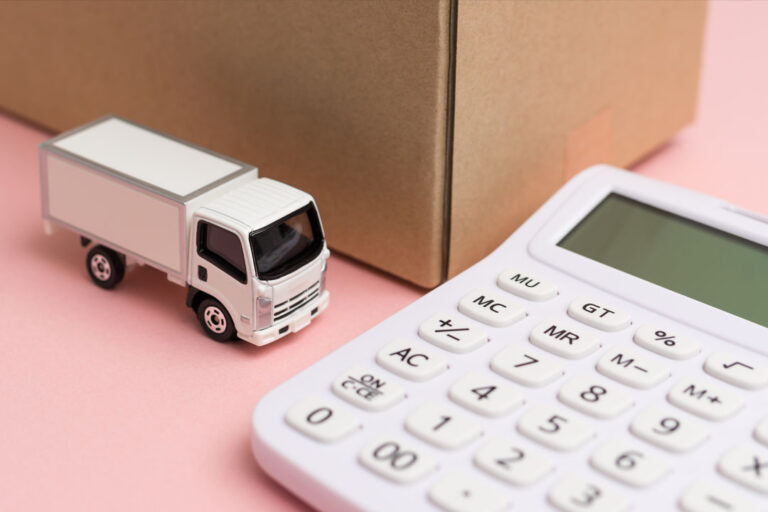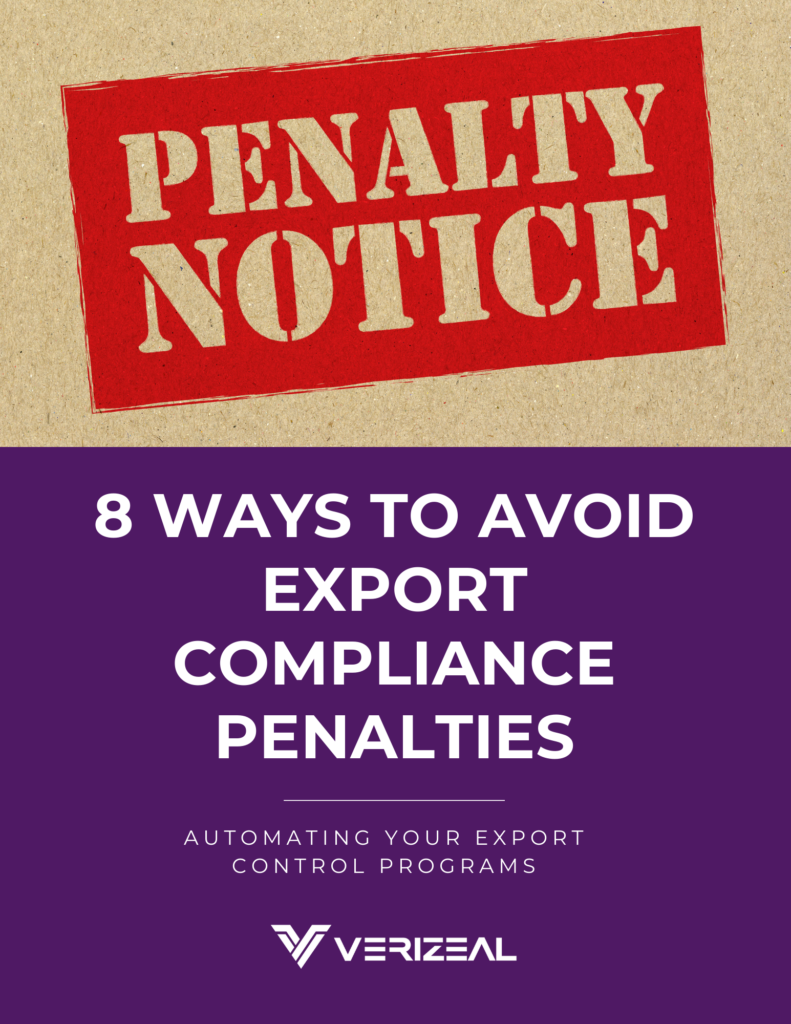Logistics and transportation costs have risen significantly in the last few years. In fact, businesses in the U.S. spend over $1.64 trillion on transportation and logistics services per year. Companies that want to reduce their transportation logistics expenses need to invest in logistics planning with complete visibility that leads to informed decision making.
What Comprises Logistics Expenses?
Logistics costs include the expenses generated from moving product from sourcing to final delivery, including procurement, storage, packaging, shipping, and the labor and administrative costs that go along with these tasks. The following are the biggest sources of costs:
- Transportation and distribution are often the largest cost factors for businesses. The cost of getting raw materials to the place of production, transporting products from the production unit to the warehouse, and then shipping to their final destination can add up. Last-mile delivery, which is the final step of distribution, often eats up the most resources and time.
- Inventory Management and Warehousing. Whether a company makes their own products or buys them, inventory needs to be stored and managed. With warehouse costs on the rise, in part due to the increasing number of e-commerce businesses looking for space, this can be a large part of a business’s budget.
- The equipment and supplies that are needed for everyday operations are also included in transportation and logistics costs. This includes route planning software, delivery vehicles, vehicle maintenance, and warehouse equipment.
- The staff that is part of the production, management, and transportation processes are also included in the total cost of transportation.
Transportation costs may vary significantly month-to-month or year-to-year depending on the price of fuel, labor costs, current demand, and the urgency of the shipment.
Reducing Transportation Costs
Reducing transportation costs is one of the main priorities for many businesses and there are many ways to improve supply chain and shipping processes to make a business more cost-effective.
Utilize Logistics Software
Automating some of the warehouse and shipping tasks can make the delivery process faster. Transportation software saves time, money, and resources as they automate tasks that were once done manually. For example, software can send invoices automatically, which cuts down on error and can reduce payroll costs. Technological systems can also aid in automated storage and retrieval systems, shipping, and warehouse tasks. These all have benefits of saving time, resources, and effort.
Take Advantage of Digitalization
The benefits of digitization are far-reaching. Digital records backed by blockchain technology allow logistics managers to get a bigger picture of the supply chain. Digital documents make it easy to track progress and identify inefficiencies.
Optimize Inventory
Being able to optimize inventory is a huge cost savings, so that there is not too much or too little of items. Technology and tools that help to analyze previous demand and total sales for a period of time allow for informed supply chain decisions. Inventory audits keep track of shrinkage, holding costs and depreciation costs. Inventory management software automatically records all this information.
Gain Full Transparency
Transparency is important when transporting products to their final destination because customers expect to be able to track their package throughout the process. One of the most important ways of reducing logistics costs is to ensure customer satisfaction so that they are likely to come back as well as spread the word about a business’s reputation. Having visibility to the supply chain also avoids issues before they occur to reduce the chance for delays. The increase in customer satisfaction will generate more revenue and reduce logistics costs.
Plan Routes
One bad route can ruin an entire shipment, as well as result in higher fuel costs and other expenses. Route planning software can create accurate routes that are optimized. This tool factors in traffic, weather conditions, areas to avoid, and weight and load capacity. Routes can be assigned with multiple stops that saves manual effort and has drivers on the road for the minimum amount of time possible. This ensures not only that the shipment will arrive on time, but also within the budget initially created.
Consolidate Shipping
This is a small change that can have a big impact on the bottom line. Smaller and mid-size companies might not be able to fill TL (truckload) shipments. If items do not take up the space of an entire truck, consider LTL (less-than-truckload) loads. LTL wors for orders that can be consolidated and combined with products for clients for other businesses. Payment is based on how much space items fill in the truck.
Verizeal to Reduce Transportation and Logistics Costs
Verizeal’s collaborative logistics platform combines advanced technology with blockchain to provide solutions that reduce transportation and logistics costs. Verizeal enhances warehouse and shipping efficiencies with its software solution to optimize transportation operations. Because Verizeal optimizes all aspects of the shipping process and offers complete visibility, transportation costs are reduced and overall efficiency increases. We have been able to significantly reduce costs upwards of $100k for some of our customers through lowering shipping costs or the reduction of employees dedicated to shipping.



